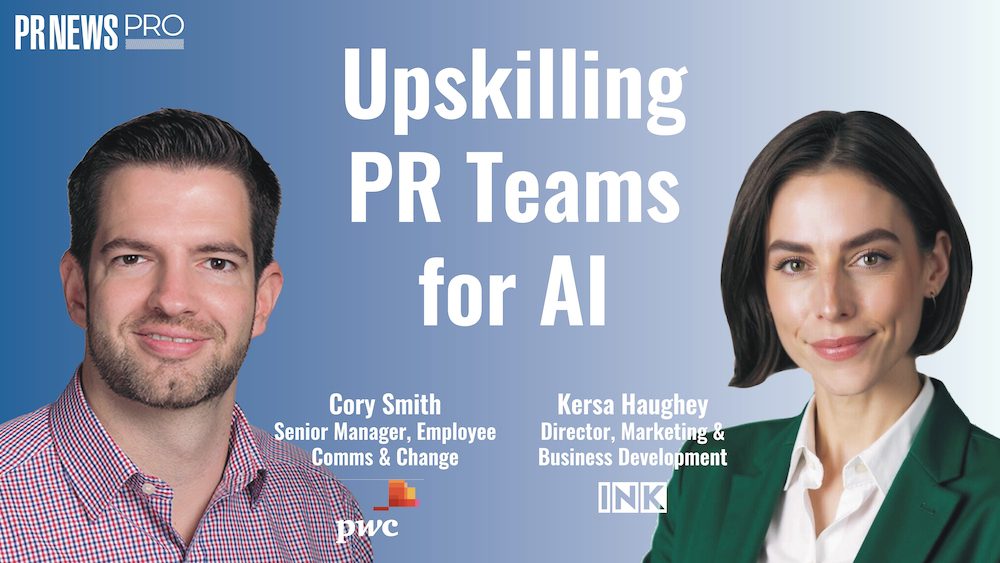
Artificial intelligence (AI) is changing marketers and the agencies they work with. While improved data gathering, processing, and analysis is making targeting faster, easier, cheaper, and more effective, generative AI is becoming increasingly useful for copywriting, image creation, and editing. Together, these things are changing the way that your teams spend their time, how they work, and how much time they need to spend on each client. That’s a good thing, right? But maybe not if you charge by the hour.
The traditional agency pricing model is desperately outdated, and AI is forcing a long overdue change.
Why hourly pricing has to go
Marketing agencies have almost always billed by the hour. And it’s kind of worked. But when your billable hours are being slashed by AI but you still have the same overheads to meet, you find yourself in a conundrum. You can’t just charge your clients less, especially if your results keep improving. In fact, MIT estimates that generative AI can improve a highly skilled worker’s performance by 40%. But equally, at a time when transparency is almost everything, you can’t lie about the time that you’re spending on each task. So, what’s the solution? It can only be to change the way that you charge for your work. And that means a focus on deliverables or outcomes.
Deliverable-led pricing in marketing
Marketing isn’t the only sector likely to need to address the impact of AI on pricing. Simon Kucher estimates that at least 20% of all professional services firms will fundamentally change their revenue model in the next 3-5 years because hourly pricing no longer makes sense. Professionals no longer charge for their time, but for deliverables, and that’s a model that can easily be applied to marketing. Shifting the emphasis away from what you put into a project over to what you were able to produce for the client. Because, when it comes down to it, no one could care less how many hours you put into a project, for the client, the focus is – and always has been – the results.
How to put a price on the work you deliver
Time is an easy thing to quantify when you’re invoicing. So, the shift towards deliverables can be difficult to get used to. It means that when a new client asks you to pitch for an ad campaign or rebrand, you need to stop thinking about how long the project is going to take and the team members it will involve, and instead focus on what the project will entail and what you can deliver. Vision, mission, values, name, logo, slogan – a fully managed, comprehensive, multifaceted rebranding exercise with a dedicated ad campaign focused on a deeply researched target audience that will change how the brand is viewed by everyone – partners, customers, and competitors. And then, you have to put a price on it.
Your previous experience will provide endless reference points for assigning value to your work, from ad clicks and sales conversions to brand awareness and campaign ROI. This can provide a loose framework for deliverables-led pricing. But it takes time and research to manage that transition. Configure, price, and quote (CPQ) software can support the move, but the important thing is to take a retrospective of what you’ve been able to deliver and what that cost you. You can work out the compensation from there.
There is always a kickback against change. It’s typically inconvenient and unwanted. But time-based pricing is dead. It means nothing to anyone, and can’t adequately portray what your business can do for your clients. Deliverables-based pricing can. And at a time when 35% of companies don’t possess the power to raise their prices significantly, that means something.
AI isn’t yet ubiquitous, but it soon will be. It is changing the way that everyone works. It’s impacting every sector. And for many, that doesn’t just mean processes, but pricing. Any marketing agencies that fail to acknowledge this will quickly be left behind.
Tracey Shirtcliff is founder and CEO of pricing platform SCOPE Better.



 Network
Network

